You Will Need:
- Icing Sugar
- Citric acid which can be found at the ‘herb and spices’ aisle at the supermarket.
- Bicarbonate Soda, better known as baking soda.
- A cup per-person
- A spoon per-person

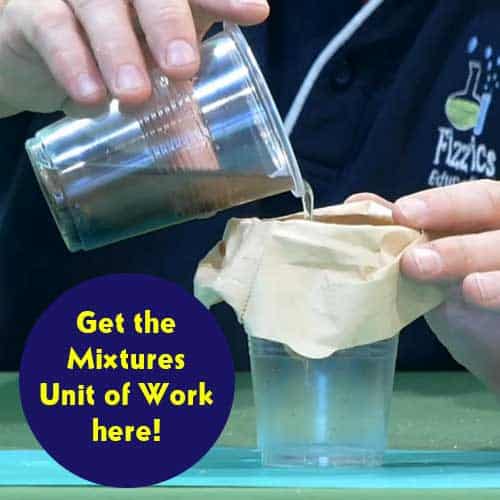
Get the Unit of Work on Mixtures here!
- How can we separate mixtures?
- What are the different techniques?
- From chromatography to magnetism, join us to explore the variety of ways we can separate mixtures!
Includes cross-curricular teaching ideas, student quizzes, a sample marking rubric, scope & sequences & more

School science visits since 2004!
– Curriculum-linked & award-winning incursions.
– Over 40 primary & high school programs to choose from.
– Designed by experienced educators.
– Over 2 million students reached.
– Face to face incursions & online programs available.
– Early learning centre visits too!
Why Does This Happen:
The fizzing on your tongue is caused by the water in your saliva allowing the citric acid and bicarbonate soda to dissolve. Scientists call this ‘in solution’. As the citric acid and the bicarbonate soda are now in solution they can react much more easily as the molecules can contact each other much better.
What’s the gas? Carbon dioxide (water is produced in this reaction as well).
Variables to test
- Change the amount of citric acid
- Change the amount of bicarbonate soda
- Change the amount of icing mixture
- Try adding crushed jelly crystals!
From colour changes to slimy science, we’ve got your kitchen chemistry covered!
Get in touch with FizzicsEd to find out how we can work with your class.
Chemistry Capers
Years K to 6
Maximum 30 students
Hands-on science workshop
60 or 90 minutes
Online Class Available
STEM Full Day Accelerator - Primary
Designed from real classroom experiences, this modular day helps you create consistently effective science learning that directly address the new curriculum with easily accessible and cost-effective materials.



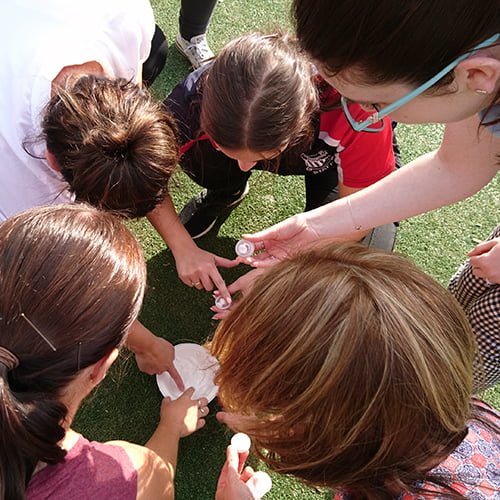





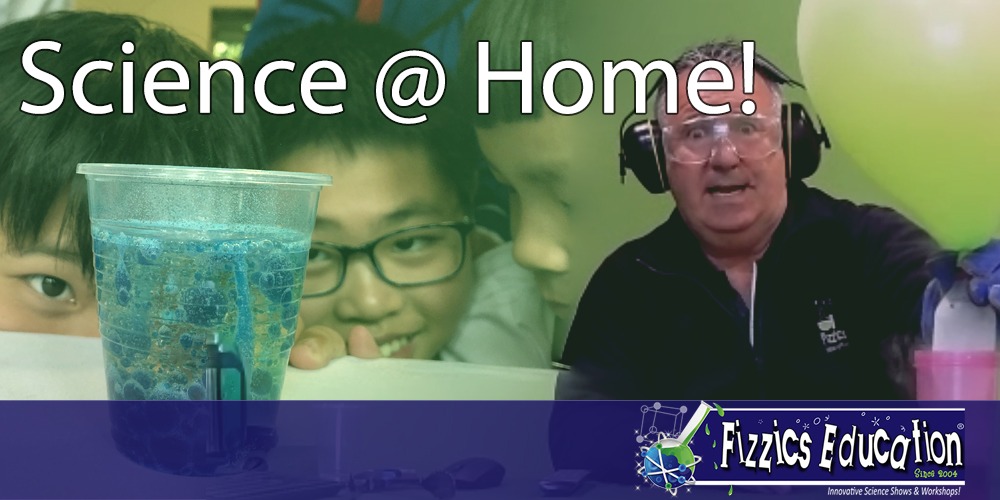

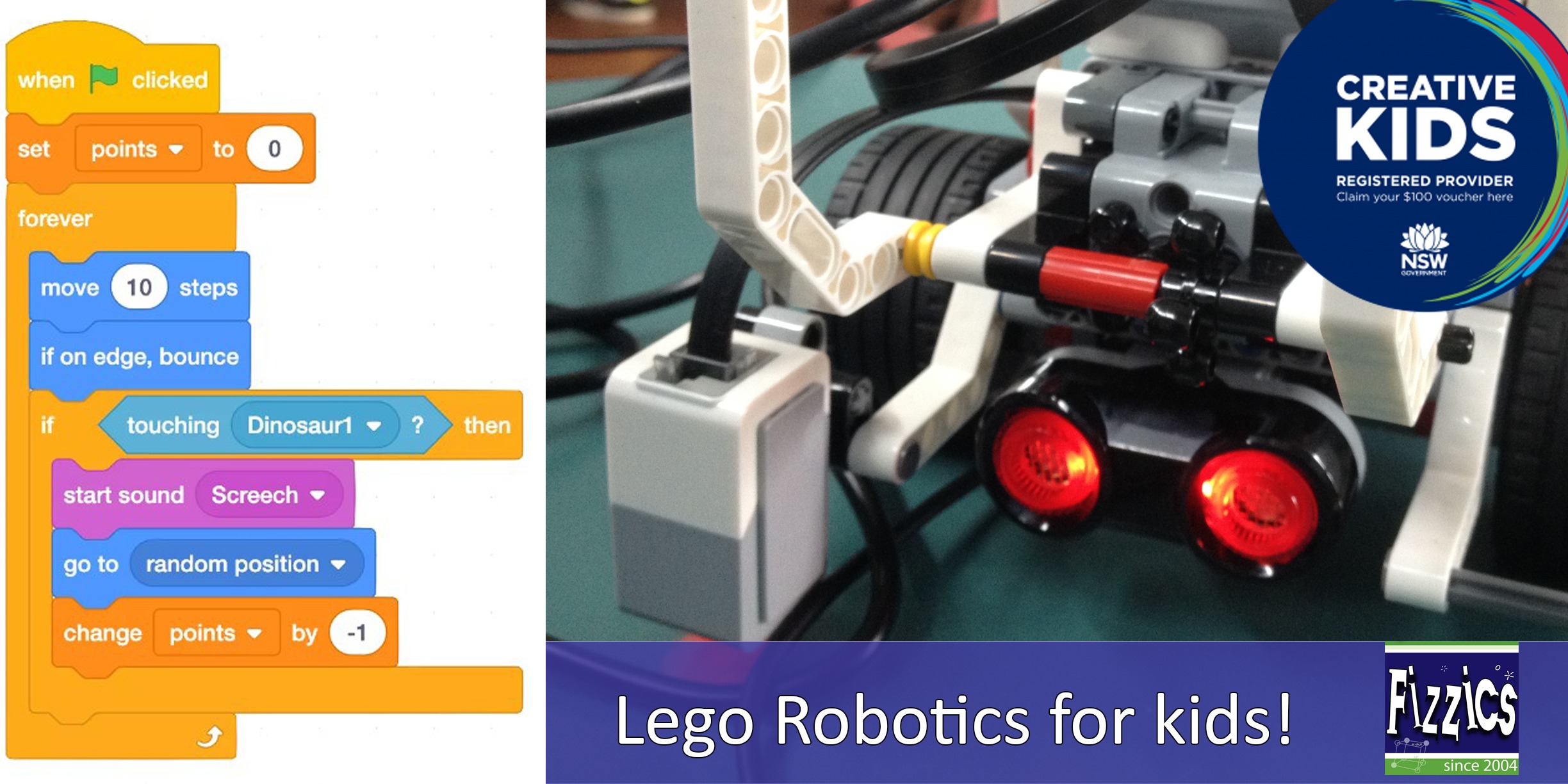
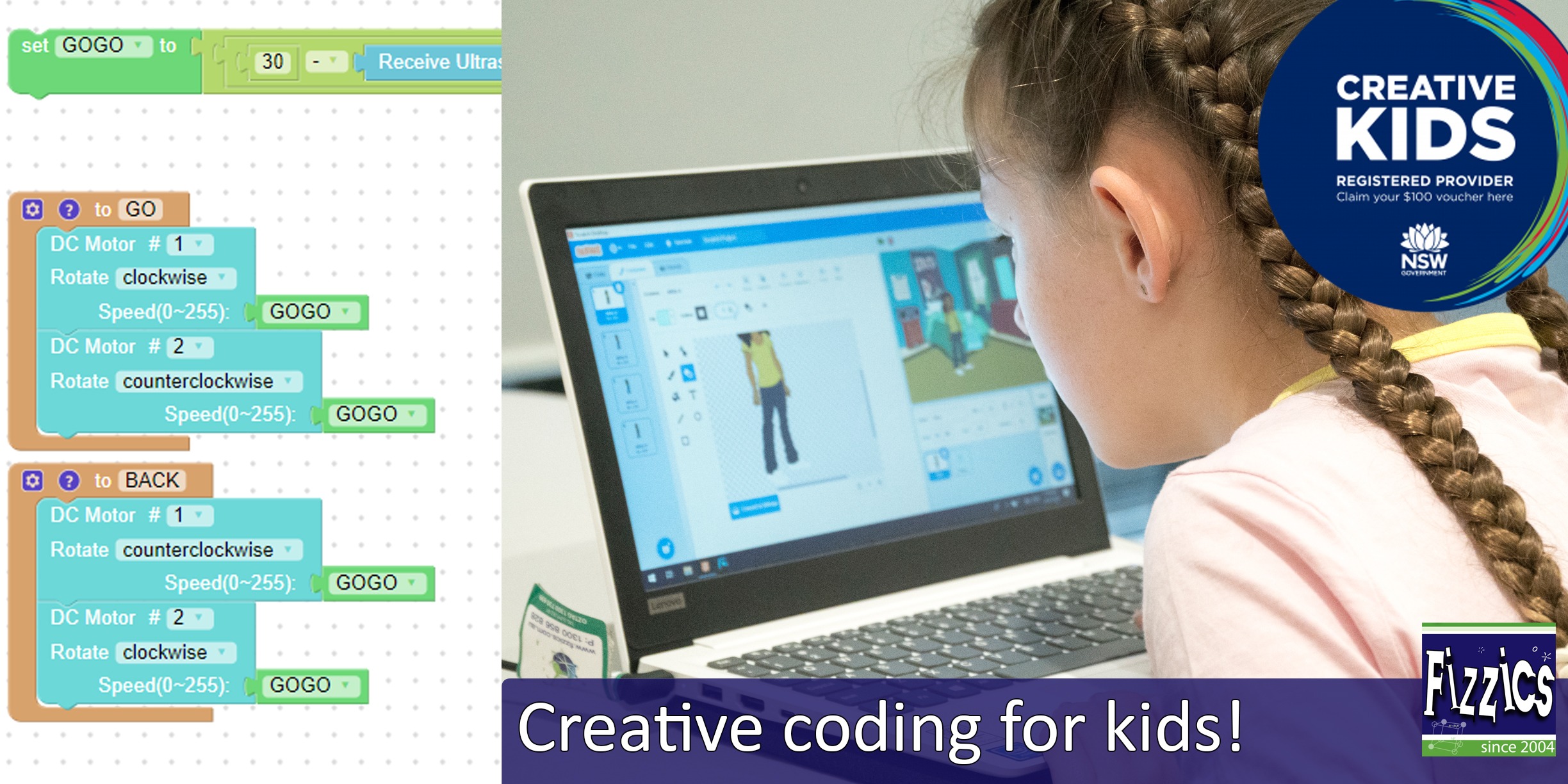
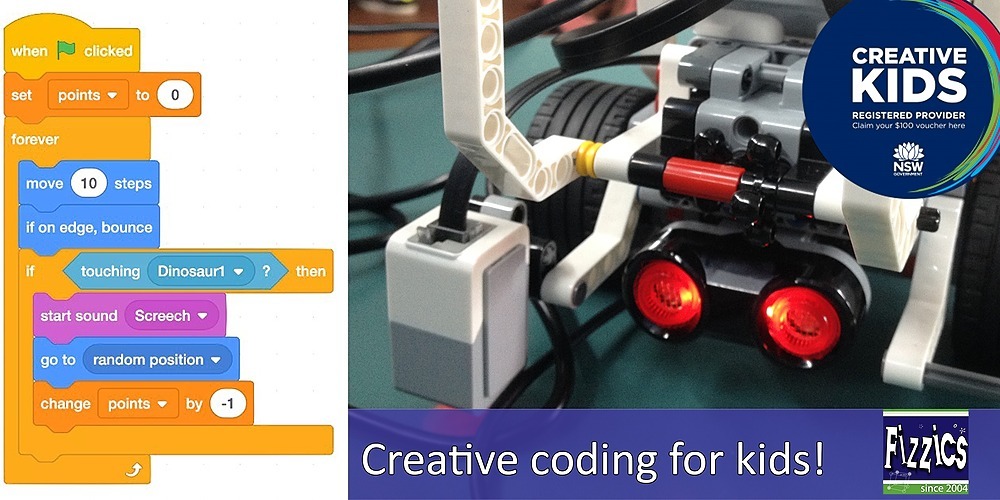
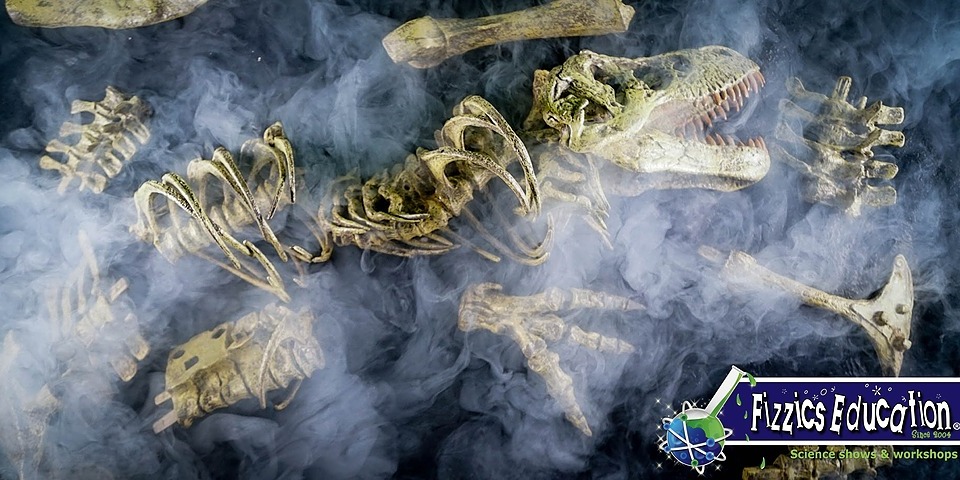
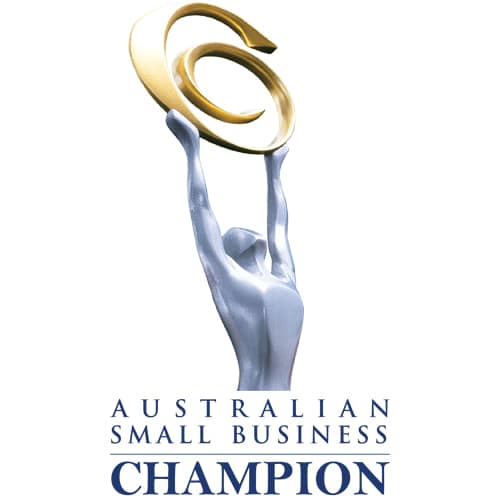

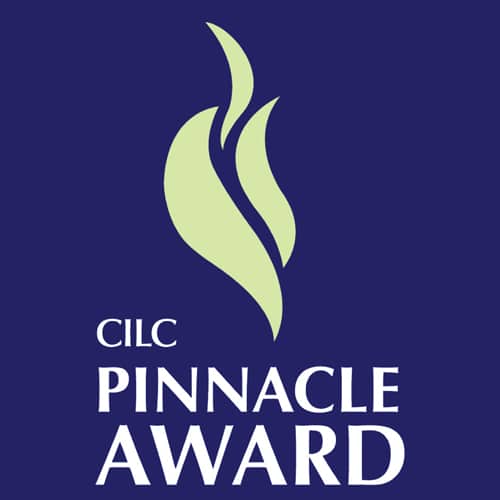

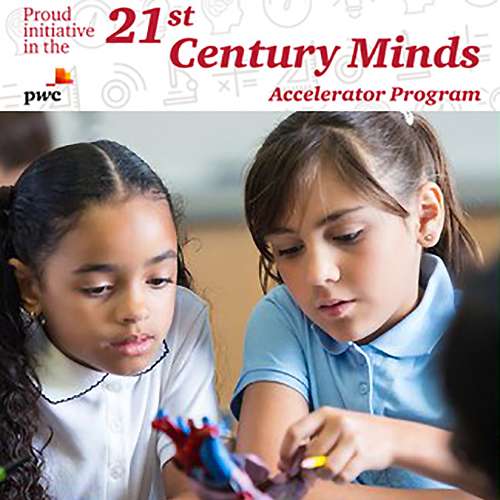
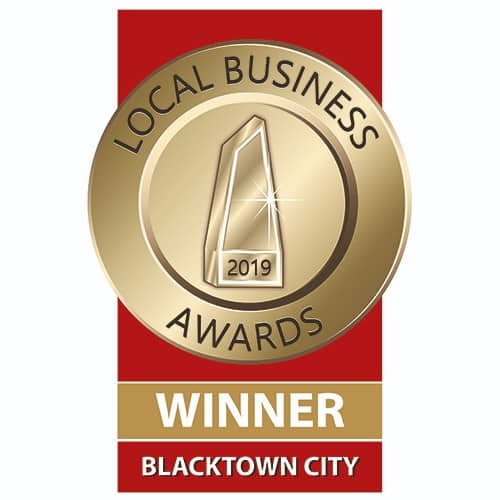






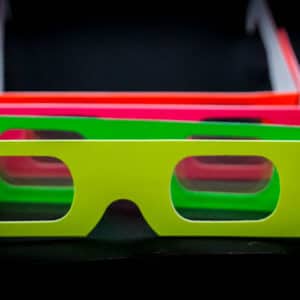


Comments